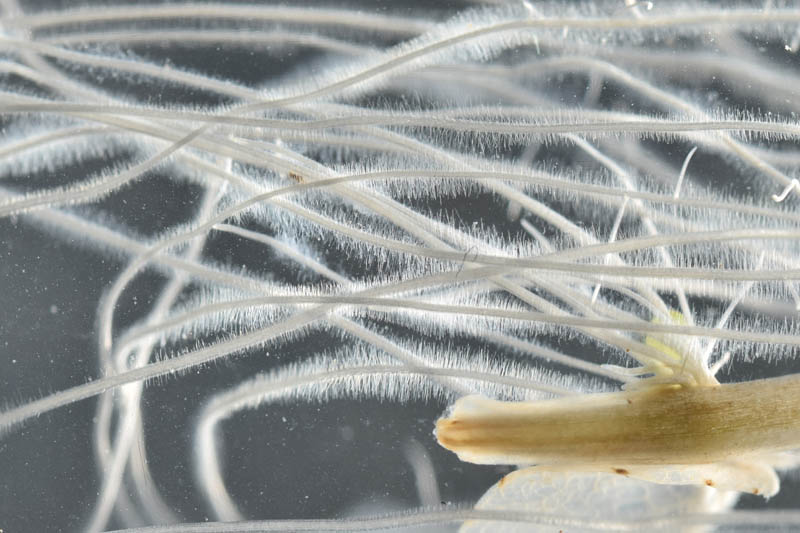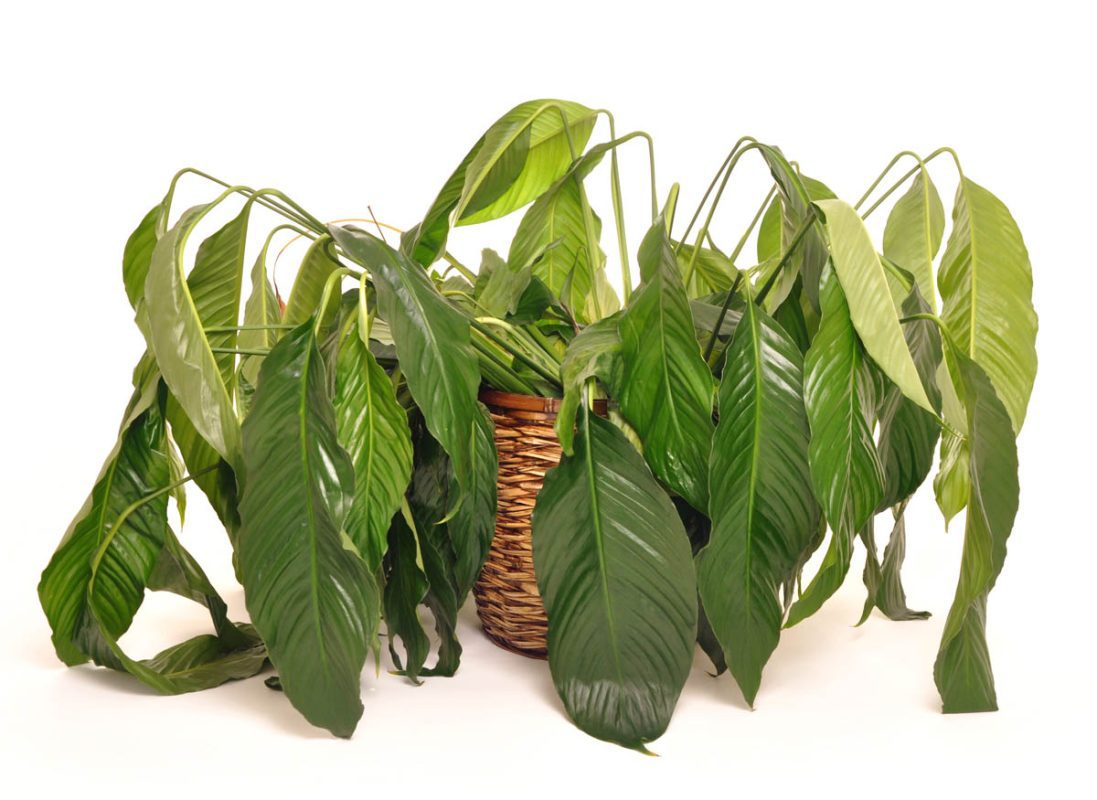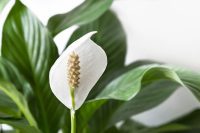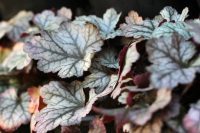What is transplant shock? Ι When is transplanting necessary? Ι How long does transplant shock last? Ι What causes transplant shock? Ι How to safely transplant a plant Ι Desperate times call for desperate measures
What is transplant shock?
Transplant shock occurs when a plant is moved or transplanted from one location. This may include repotting a plant, moving a plant from the ground to another location, or transferring seedlings. Common signs of transplant shock include decreased growth, leaf scorch (yellowing/browning of the leaves), curling leaves, leaf, flower or fruit drop, wilting, and eventually, the plant may die.
In the wild, plants will remain in one location, with the roots firmly established beneath the soil. Transplanting will almost always impact a plant, but we can limit it by taking proper care before, during and after. The biggest risks for transplant shock are root damage and incorrect water regimes.
When is transplanting necessary?
There are a number of reasons why it may be necessary to transplant a plant. Moving seedlings from trays into the garden bed, repotting a pot-bound plant, introducing a newly acquired plant to the garden, or relocating a plant into another part of the garden. In my experience, relocating an established plant in the ground to a new location causes the most shock as removing the plant from the soil will result in loss of roots unless we ensure a wide margin around the root ball. This may be easy with smaller plants, but large shrubs and trees will inevitably have some of their roots severed while they are being dug out of the ground.
How long does transplant shock last?
Transplant shock can last as little as 1-2 weeks for seedlings or houseplants to several years in some cases. As a rule, the larger the plant, the greater the transplant shock. The plant needs time to acclimatise to its new environment/position as well as re-establish its root system in order to take in nutrients necessary for growth.
What causes transplant shock?
Damage to the roots and root hairs

Root hairs are thin lateral hair-like extensions of root epidermal cells that are between 10 microns (a human hair is 70 microns) and 1 mm in diameter. They play an important role in absorbing water and nutrients from the soil as well as plant anchorage. Due to the delicate structure of root hairs, damage can easily occur when removed from a pot or the ground. Damaged roots impact the plant’s ability to take in adequate amounts of nutrients and water that are necessary for growth.
Transplant shock is common, but can be minimised by avoiding handling the roots as much as possible. Plant in the new pot, or the ground as quickly as possible to avoid exposing the roots to the outside elements for a prolonged period.
Too much water
Transplanted plants should be watered an hour before they are transplanted to ensure it has enough water. Once the plant is in its new location, give a small amount of water, but do not saturate the soil.
Signs of transplant shock are similar to underwatering, which can lead gardeners to provide more water in an attempt to reverse drooping leaves. As water becomes saturated, air pockets in the soil are reduced and the roots die from lack of oxygen.
Too little water
At the other end of the spectrum is not enough water. Water the plant well once it is in its new location and regularly monitor soil moisture levels to ensure the soil remains moist, but not saturated.
Fertilising too soon
Ideally, the plant will be moved to well-prepared soil, which will provide all the nutrients the plant needs. Applying a nitrogen-rich fertiliser to a newly transplanted plant can burn the roots. A weak solution of Seasol (seaweed tonic) can be given, but avoid fertilising for 4-6 weeks.
Change in environment
Transplanting plants from one location to another without acclimatising the plant can shock. Moving from a sheltered position to full sun, or from the protection of a warm greenhouse to a garden bed where the plant is exposed to cooler soil and air temperatures.
Seedlings raised in a greenhouse should be hardened off before they are transplanted. Hardening allows plants raised in a greenhouse to gradually transition to outdoor conditions.
Transplanting at the wrong time
Ideally, woody plants should be transplanted during winter when the plant is in dormancy or has slowed down its metabolism. This reduces the risk of transplant shock.
Transplanting plants during hot weather puts even greater stress on the plant. When transplanting seedlings, or repotting plants, transplant on a cloudy day, early morning or late afternoon as temperatures are lower.
Poor soil preparation and unsuitable soil type
Lack of soil cultivation can play a big impact on the success of transplanted plants. Choose the right soil to meet the plant’s needs. Drought-tolerant plants will not grow well in poor draining soil and plants which require moisture should not be planted in sandy soil, check the pH of the soil to ensure it is not too acidic or alkaline.
Prepare the soil prior to transplanting by loosening the soil, removing clumps, stones and weeds that so that will compete with the plant. Prepare a wide area, not just the immediate spot the plant will be placed in, this provides a suitable soil for the roots to grow into.
How to safely transplant a plant
- Plants to be transplanted should be watered prior to being transplanted to moisten the root ball. If transplanting during the warmer months, make it early morning or late afternoon when it is cooler and never leave roots exposed to the sun. If a transplanted plant is moved from one location to another, wrap the roots in moistened paper towels or bath towels.
- Prepare the potting media/soil before transplanting by adding nutrients (where necessary), digging and weeding the area and checking/adjusting the pH.
- Disturb the roots as little as possible when handling plants.
- Antitranspirants are compounds sprayed on the foliage of plants that reduces transpiration (water loss).
- One study found that sugar water (sucrose, fructose, and glucose) increased the rate of new root growth in transplanted birth trees. A maximal increase in root and shoot growth was associated with a sucrose concentration of 70 grams per litre and recorded lower mortality rates.
Repotting plants
Have the new pot ready to go as well as fresh premium potting mix. Be careful not to overpot the plant, which can lead to root rot. Choose a pot one size larger. If the plant is severely pot-bound, carefully tease the roots apart.
Do not tug plants out of pots, instead, gently squeeze, roll or tap the pot to loosen the root ball. For plants with a thick stem, place the stem between your thumb and index finger, and tip the plant upside down to remove the plant from the pot. If the plant is in a ceramic, clay or terracotta pot, carefully slide a knife between the pot and the plant, and run it around the inner edge of the pot. Turn the pot upside down, and give the base a tap.
Add a small amount of potting mix to the bottom of the new pot, followed by the plant. Fill the remainder of the pot with fresh potting mix and water the plant well. Keep the plant out of direct sunlight for a few days while it adjusts to its new home.
Transplanting garden plants or seedlings
Place greenhouse seedlings outside during the day, and move them back into the greenhouse overnight. Obviously, this isn’t always possible if moving a plant in the ground to a new location. Mulching newly transplanted plants can also help to reduce shock in seedlings moving out from a greenhouse.
Prepare the hole before you remove plants from the current location or pots. Remove seedlings from their pots with as much of the soil around the rootball as possible to limit damage. Roots are vulnerable to sun exposure, and it is critical that as soon as the plant is out of the pot or its current location in the ground, it is placed straight into its new location.
Water the transplant site well in advance and dig a hole that is twice the width of the pot or root ball. Carefully place the plant into the new hole and fill it with soil. Do not press down on the plant as this can further damage the roots. Water the newly planted plant and mulch well taking care not to damage the stem.
Desperate times call for desperate measures

I spent months battling transplant shock with Spathiphyllum ‘Picasso’ plants. Despite taking great care, they were rapidly dying from a combination of root rot and transplant shock. I had purchased multiple plants from different sellers, and the same thing happened every time.
Initially, I thought it was because I had been dividing the plant upon receiving it. The final plant was kept intact but the same thing happened. In desperation, I divided the plant, cut off all leaves bar one, and cut the last leaf in half. The logic behind this was that the plants were clearly not doing well and I wanted to reduce water loss (transpiration) from the leaves. All of the plants were placed in a shady area and left alone. Within two to three weeks, all plants bounced back and I now have a large number of happy and healthy plants.
Julia is a writer and landscape consultant from Wollongong with a love of horticulture. She had been an avid gardener for over 30 years, collects rare variegated plants and is a home orchardist. Julia is passionate about learning and sharing her knowledge of plant propagation and plant toxicology. Whether it’s giving advice on landscape projects or sharing tips on growing, Julia enjoys helping people make their gardens flourish.




